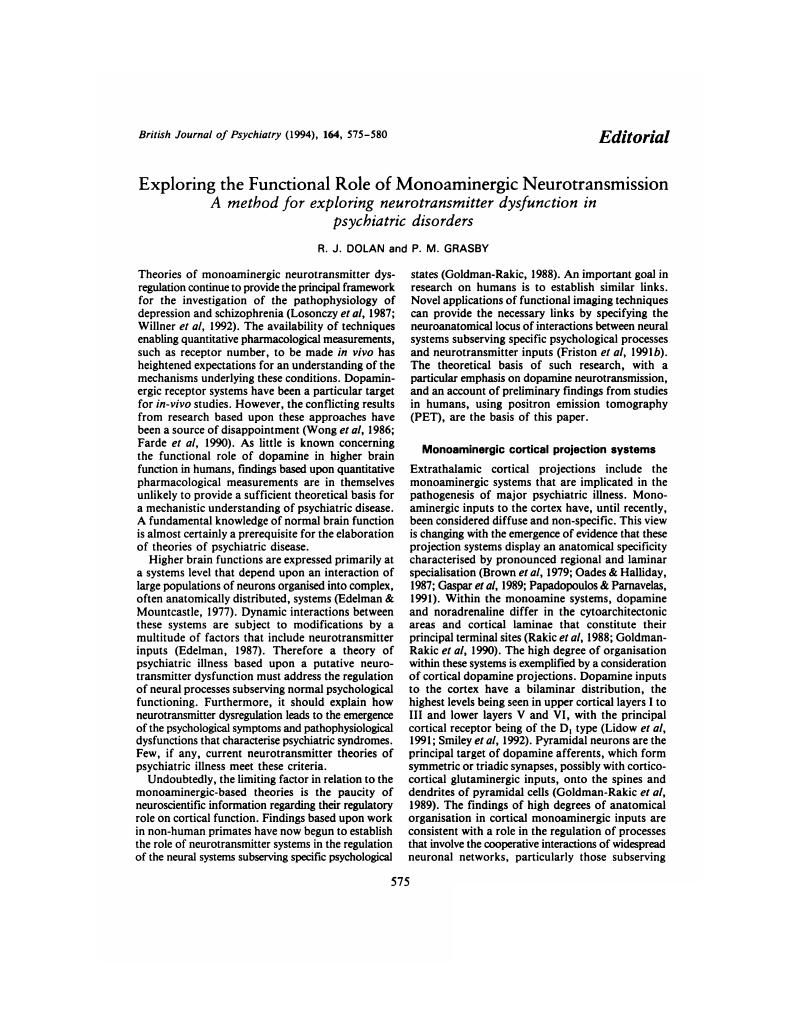Crossref Citations
This article has been cited by the following publications. This list is generated based on data provided by Crossref.
Friedman, Ernest H.
1995.
Neurobiology of Working Memory.
Canadian Journal of Neurological Sciences / Journal Canadien des Sciences Neurologiques,
Vol. 22,
Issue. 1,
p.
75.
Didriksen, Michael
1995.
Effects of antipsychotics on cognitive behaviour in rats using the delayed non-match to position paradigm.
European Journal of Pharmacology,
Vol. 281,
Issue. 3,
p.
241.
Hickie, Ian
Lloyd, Andrew
Dixon, Gavin
Wakefield, Denis
Halliday, Glenda
McRitchie, Deborah
Scott, Elizabeth
and
Mitchell, Philip
1997.
Utilising Molecular Biological and Histopathological Techniques to Study the Dopaminergic System in Patients with Melancholia.
Australian & New Zealand Journal of Psychiatry,
Vol. 31,
Issue. 1,
p.
27.
Bilder, Robert M
1997.
Neurocognitive Impairment in Schizophrenia and how it Affects Treatment Options.
The Canadian Journal of Psychiatry,
Vol. 42,
Issue. 3,
p.
255.




eLetters
No eLetters have been published for this article.